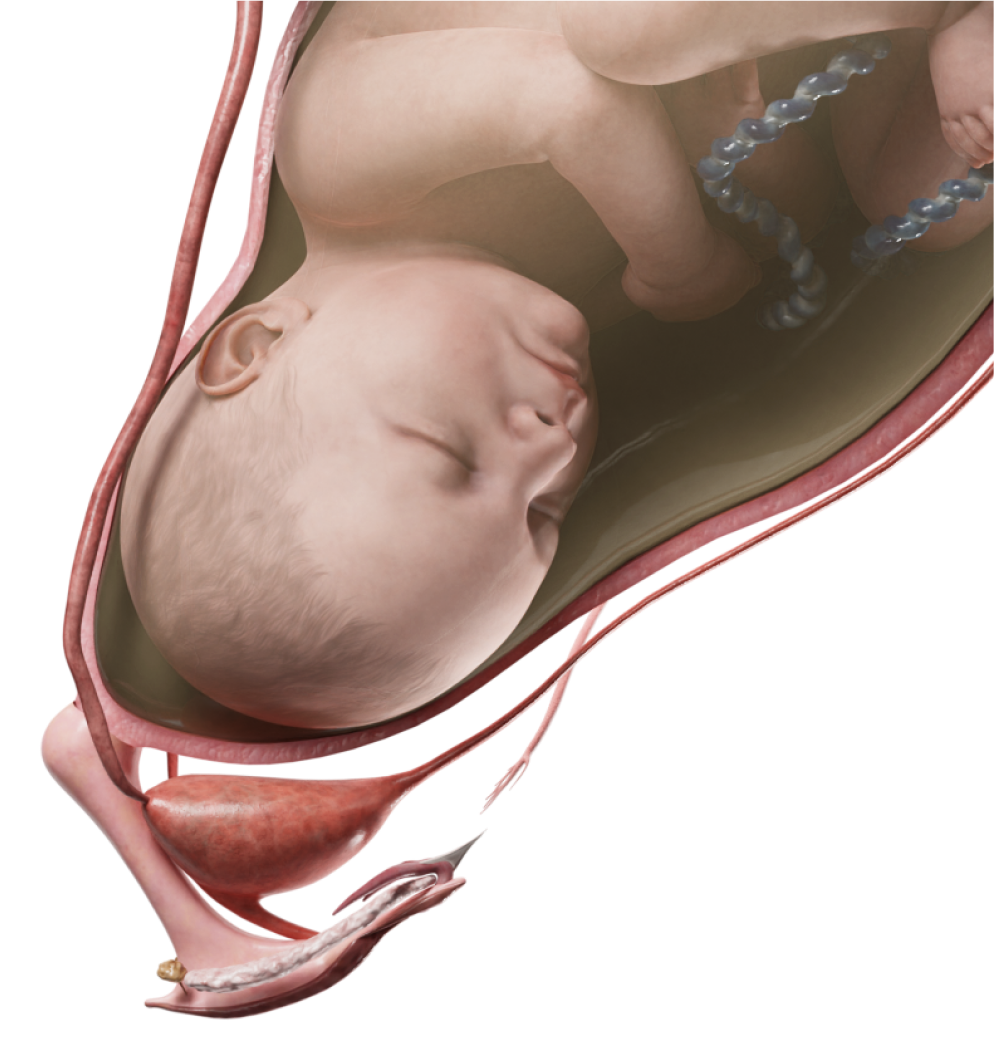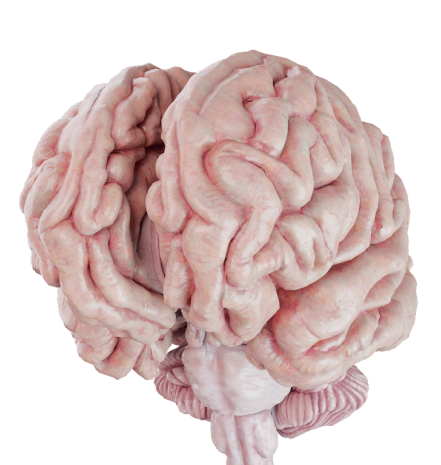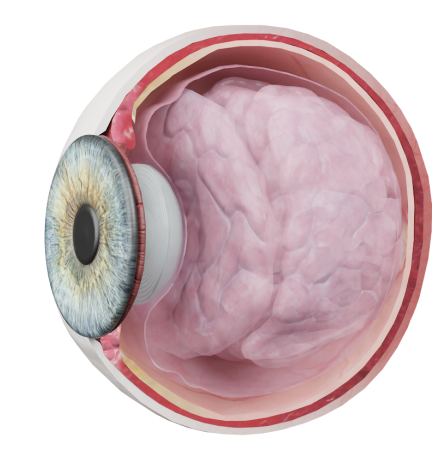Cholelithiasis
Cholelithiasis is a multifactorial condition. It is characterized by disturbed bilirubin and cholesterol metabolism when gallstones are formed in the hepatobiliary system.
Risk factors
Cholelithiasis is associated with a range of risk factors, including:
1) Unbalanced nutrition: A diet high in trans fats, low-density lipoproteins (LDL), and very low-density lipoproteins (VLDL).
2) Decreased or no physical activity.
3) Endocrinological disorders accompanied by dyslipidemia (abnormal levels of one or more types of lipids in the blood).
4) Use of antiepileptic drugs.
5) Increasing age.
6) Female sex.
7) Genetics.
8) Smoking and alcohol abuse.
9) Impaired bile outflow from the gallbladder.
Pathogenesis
Calculi in the hepatobiliary system tend to develop due to the risk factors mentioned above that contribute to biliary sludge.
Bile consists of fractions of bile acids, such as cholic, chenodeoxycholic, and deoxycholic acids, as well as phospholipids, proteins, bilirubin, bioactive compounds, metals (zinc, copper, magnesium, etc.), and ions of sodium, chlorine, and potassium. Generated in hepatocytes, bile travels through the ducts of the hepatobiliary system and emerges into the duodenum to emulsify dietary fats and to activate certain digestive enzymes. In this process, the gallbladder serves as a bile reservoir.
Calculi are formed secondary to biliary sludge when bile becomes too dense due to an unbalanced bile composition or impaired bile outflow from the hepatobiliary system in high-risk patients.
Classification
Cholelithiasis can be classified by morphology, the number of calculi, and clinical manifestations.
By gallstone composition:
1) cholesterol;
2) pigment;
3) mixed.
By gallstone number:
1) solitary;
2) multiple.
By clinical manifestations:
1) asymptomatic gallstones;
2) symptomatic gallstones.
Clinical Manifestations
If a patient has no relevant complaints, cholelithiasis is considered asymptomatic. Since there are no specific signs, gallstones in the hepatobiliary system are often an accidental finding during a routine abdominal examination.
When the disease becomes symptomatic, it is characterized by pain and dyspepsia. Jaundice and fever may also develop.
Biliary colic may vary in intensity and duration; it is generally associated with food intake, especially after fatty meals. Pain is localized in the right hypochondriac region and may also radiate to the lumbar or inguinal regions. Biliary colic may resolve on its own without the need for antispasmodic drugs. However, during such pain attacks, patients may experience a low-grade to moderate fever.
Jaundice as a symptom develops when the biliary tract is obstructed by gallstones. The mechanism is purely mechanical. Such patients develop jaundice, dark urine, and pale stools.
Dyspepsia encompasses nausea, vomiting that brings no relief, bloating, heartburn, and decreased appetite.
Diagnosis
Diagnosis is based on physical examination and investigations.
Investigations include:
1) Abdominal ultrasound
2) Esophagogastroduodenoscopy (EGD)
3) Dynamic hepatobiliary scintigraphy to track bile flow through the bile ducts
4) Computed tomography (CT)
5) Magnetic resonance imaging (MRI)
6) Blood tests (liver function tests)
7) Endoscopic retrograde cholangiopancreatography (ERCP)
8) Complete blood count (CBC)
Treatment
Cholelithiasis may be treated both medically and surgically.
Basic recommendations include a special diet that reduces fatty, smoked, or salty foods, abstinence from alcohol, and smoking cessation. As a short-term solution, antispasmodic drugs for pain management and nonsteroidal anti-inflammatory drugs (NSAIDs) may be utilized. Other medications encompass ursodeoxycholic acid, prokinetic agents, and proton pump inhibitors.
In the acute stage, infusion therapy may be employed to reverse any toxic effects of the condition.
Surgical therapy is another option. It may be considered by your healthcare provider when nonsurgical methods have proven inefficient.
Typically, there is a choice between laparoscopic and open cholecystectomy, performed as either an elective or emergency surgery based on specific circumstances. Choledocholithotomy is another surgical technique that is used to remove calculi located in the bile duct.
In some cases, a noninvasive elective procedure, lithotripsy, may be preferred. This is when gallstones are broken up into small pieces by high-energy waves and leave the patient’s body through urine.










